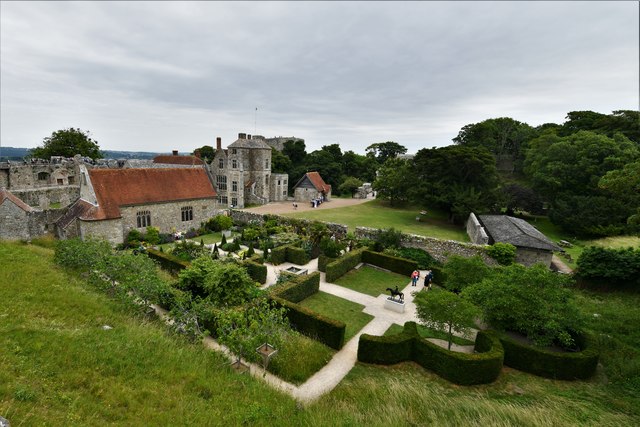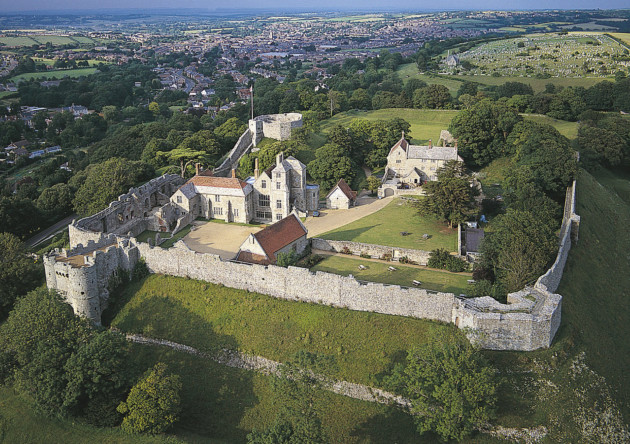Carisbrooke Castle’s site might have been used even before the Romans arrived. There’s a ruined wall hinting at a building from the late Roman era. According to the Anglo-Saxon Chronicle, Wihtgar, cousin of King Cynric of Wessex, died in AD 544 and was buried there. By the late 7th century, the Jutes probably took over the fort. An Anglo-Saxon stronghold existed there in the 8th century, and around AD 1000, a wall was built around the hill to protect against Viking raids.
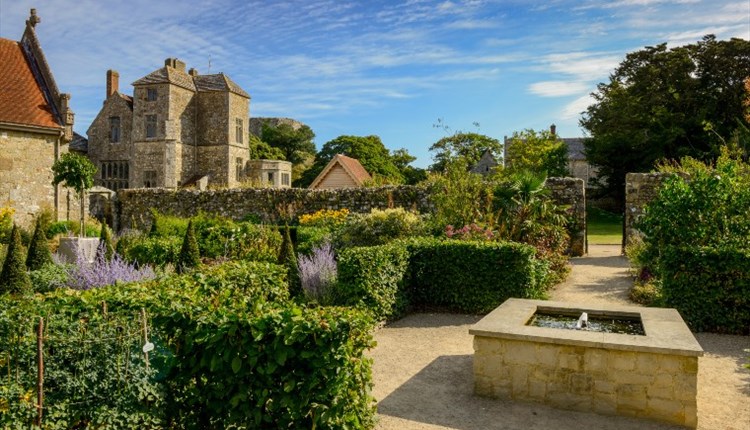
From 1100, Carisbrooke Castle was owned by the family of Richard de Redvers. Over the next two centuries, his descendants enhanced the castle with stone walls, towers, and a keep. In 1293, Countess Isabella de Fortibus, the last of the Redvers line, sold the castle to Edward I. After that, it was managed by wardens representing the crown.

In 1377, during Richard II’s reign, the castle was attacked by the French but successfully defended, thanks to local hero Peter de Heyno, who reportedly shot the French commander. In 1467, Anthony Woodville, Lord Scales and later Earl Rivers, was granted the castle and added the Woodville Gate, now known as the Entrance Gate. After Woodville was killed by Richard III in 1483, his brother Edward Woodville took control when Henry VII became king in 1485.
The keep was added during Henry I’s reign. Anticipating the Spanish Armada, Elizabeth I had the castle fortified further by Sir George Carey, appointed Governor of the Isle of Wight in 1583. Carey hired Italian engineer Federigo Giambelli to modernize the defenses. Starting in 1597, Giambelli built a new fortification with ramparts and bastions surrounding the old castle and bailey, completed mostly by 1600 at the cost of £4,000.
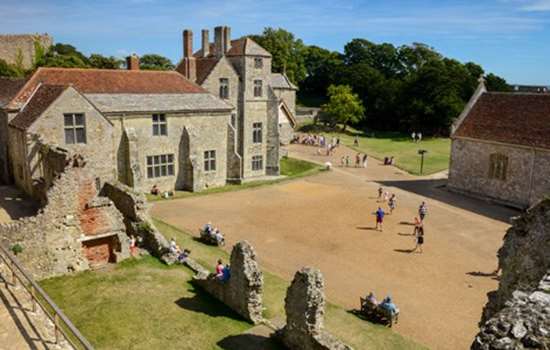
Charles I was imprisoned at Carisbrooke for fourteen months before his execution in 1649. His two youngest children were also confined there, with Princess Elizabeth dying at the castle. From 1896 to 1944, Princess Beatrice, Queen Victoria’s daughter, lived in the castle as the Governor of the Isle of Wight. Today, it is managed by English Heritage.
The castle, situated above Carisbrooke village center, includes a holiday flat in converted former staff quarters opened by English Heritage in 2007. The castle attracted 131,358 visitors in 2019.
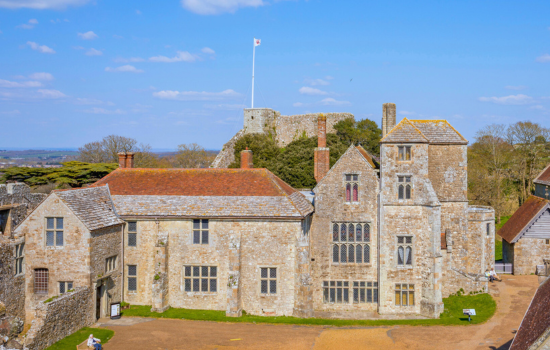
Carisbrooke Castle was the strongest fortress on the Isle of Wight. While it can be seen from a distance, it doesn’t dominate the landscape like many other castles. There are remnants of a Roman fort beneath the later structures. Seventy-one steps lead up to the keep, and in the center of the castle are the domestic buildings, mainly from the 13th century with upper parts from the 16th century. Although some parts are in ruins, the main rooms were used as the official residence of the governor of the Isle of Wight until the 1940s and are still in good condition.
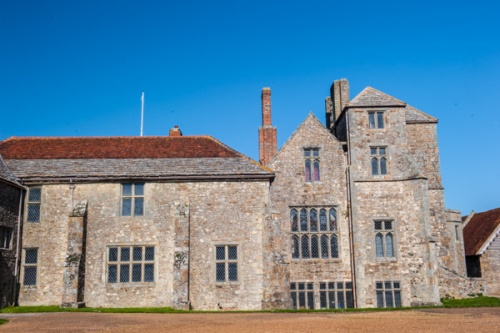
The Great Hall, Great Chamber, and several smaller rooms are open to visitors, with the Isle of Wight Museum housed in an upper room. Many of the rooms are partially furnished. One focus of the museum is King Charles I, who attempted to escape from the castle in 1648 but couldn’t get through the bars of his window.
Carisbrooke’s name has traveled far; James Macandrew, a founder of Dunedin, New Zealand, named his estate “Carisbrook” after visiting the castle. This name was later adopted for Dunedin’s main sports venue.
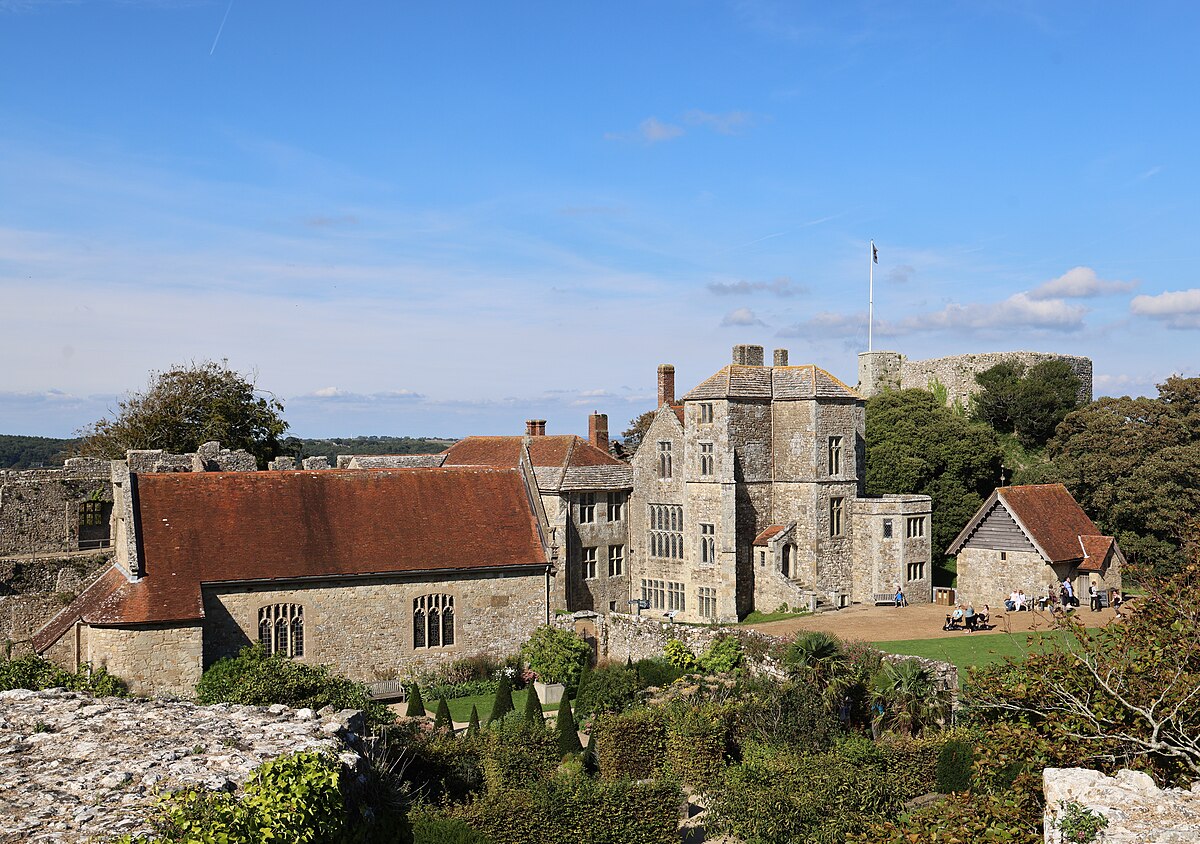
The Main Gate
The gateway tower was built by Lord Scales, the castle’s lord in 1464.
The Chapel
The Chapel of St Nicholas, located next to the main gate, was rebuilt and reconsecrated in 1904 as a national memorial to Charles I. Within the castle walls is a well 200 feet deep, with another, reputed to be even deeper, in the center of the keep.
The Well-House
Near the domestic buildings is the well-house, featuring a working donkey wheel operated by donkeys, which draws long queues of visitors. The well is famously the hiding place of the Mohune diamond in J. Meade Falkner’s 1898 novel, “Moonfleet.” Writer Wyndham Lewis, who lived on the Isle of Wight as a child, used the donkey wheel as a metaphor for the way machines dictate human life in his 1917 work “Inferior Religions.”

The Constable’s Chamber
The Constable’s Chamber, located in the medieval section of the castle, served as Charles I’s bedroom during his imprisonment and later as Princess Beatrice’s dining room. It now houses Charles I’s bed and Princess Beatrice’s collection of stag and antelope heads. Until recently, this room was used as the castle’s education center.
Earthworks
Surrounding the entire castle are large earthworks designed by Italian engineer Federigo Gianibelli. These were started just before the Spanish Armada and completed in the 1590s. The outer gate, bearing the date 1598 and the arms of Elizabeth I, marks their completion.
